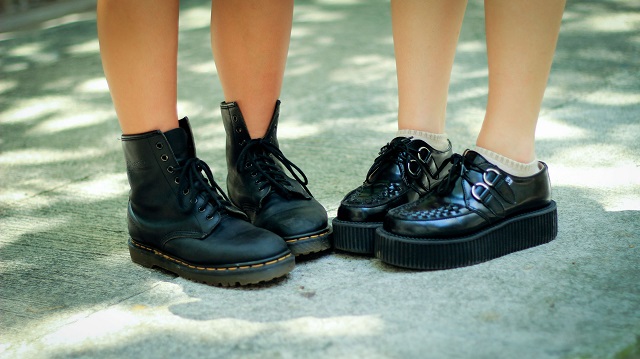And there they were again: warnings and blockings. Currently a big problem again. Time for a little clarification and support in design-/patent law:
Most people know what a patent is. It is self-explanatory, so here’s the brief design know-how first:
A design protects an aesthetic creation. The point is that the design is new and has an individual character and that the overall impression distinguishes it from other designs.
The design right grants the owner the right to exclude all others who use the design from using it and to demand injunctive relief, information and damages – if necessary even destruction. Very important: There is also the unregistered community design! Protection is then valid for three years from publication.
Let’s move on to the obligations of traders/importers:
The person who brings the product onto the market has to check in advance whether it is possibly protected on the local market – no matter whether it is a trademark, design or patent. If this is not done, there are legal consequences. At this point, I can already hear the first traders waving off: “But my supplier said that they are different”. Your only bad luck is that you’ll get an expensive warning first.
Yes, you might be able to take recourse, but then you might have to argue with your supplier about whether the design really infringes or not. Or you can be sued for injunctive relief etc. and announce the dispute to the supplier. There are options, but they are long and expensive. So please check yourself! You can easily do the research yourself using the openly accessible databases:
I myself prefer to use the WIPO database for designs: https://www3.wipo.int/designdb/en/index.jsp or DesignView https://www.tmdn.org/tmdsview-web/#/dsview.
However, please make sure that you also look in a database for patents, because some products are protected by patents and not as designs. In this case, you will not find it in a design search, but in the patent database. I prefer to use Patentscope: https://patentscope.wipo.int/search/en/search.jsf
Please keep in mind that not only high-tech things are patented, but also penny items and small stuff. My favourite example is and remains a patented straw, which resulted in a lawsuit with a value of 1,000,000 €. But just for fun, take a look at the database yourself and enter “drinking straw” or “lollipop stick”.
Let’s move on to the standard arguments of those affected: “I may have been inspired, but …..”. This is then always the most extensive point of contention. Do the seams look the same as on the original? They are now yellow instead of red, aren’t they? Is the flap the same? But what about things that dictate function? To what extent are the shapes used already known? An almost endless field for disputes. In case of doubt, it’s better to seek advice. Because you should be aware of one thing: Of course, you could be right and get it, but until then it will cost a lot of money. Do you have the time and the war chest? If not, please check your products yourself in advance.
Let’s move on to the hacks of the competitors:
With many of the blockings, the affected traders are massively surprised. It’s not unusual for me to hear: “But that’s been on the market for ages”. What happened there? A competitor (not infrequently from Asia) has simply taken a product that is doing well and registered the design for itself. Cheeky, but successful, because the authorities don’t check the design, they just register it. And the courts and Amazon & Co. can and may only base their decisions on the registered design. So this registration must first be deleted before you can continue. So be prepared – and never (!) rely on just one product!







